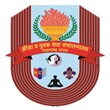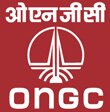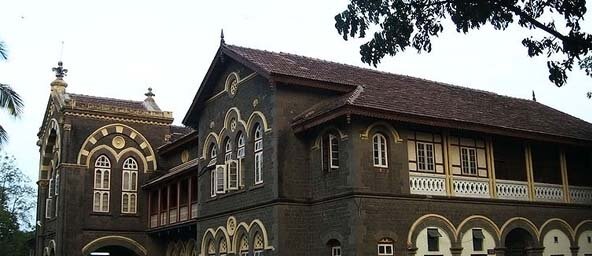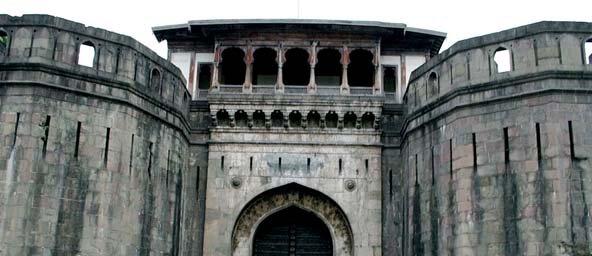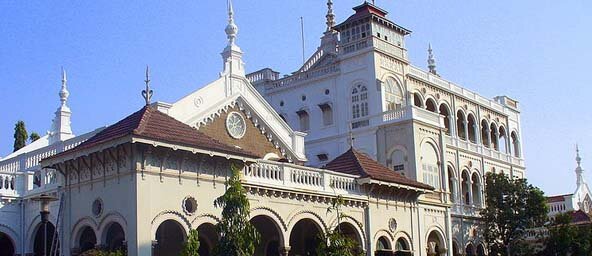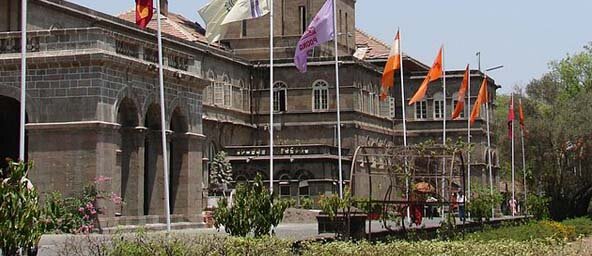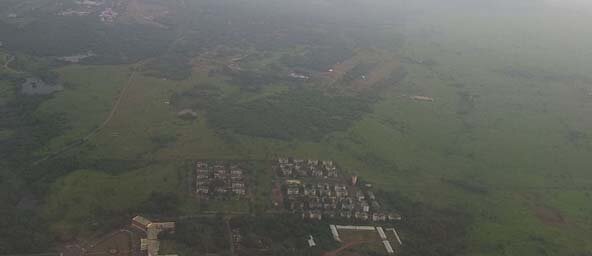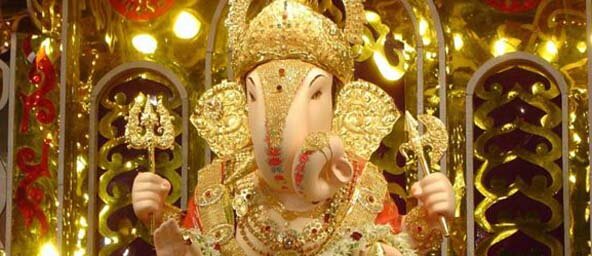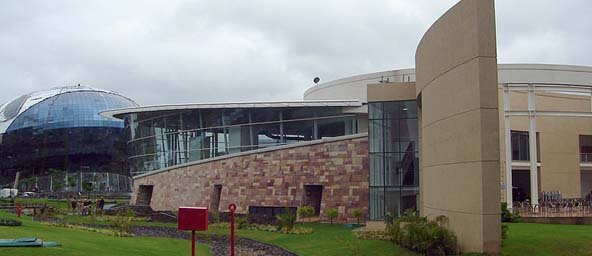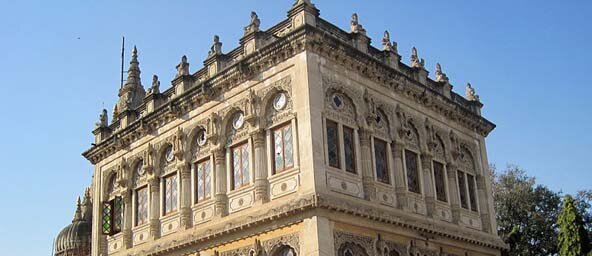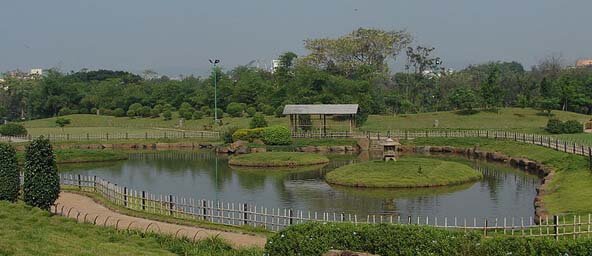About Pune
Pune is the seventh largest metropolis in India and the second largest in the state of Maharashtra.
Pune is known to have existed as a town since 847 AD. It was the first capital of the Maratha Empire under Chhatrapati Shivaji Raje Bhosale.
Pune is sometimes considered the cultural capital of Maharashtra. The city is known for Manufacturing, Automobile, Government & Private sector Research Institutes, Information technology (IT) as well as Educational, Management and Training institutes that attract migrants, students and professionals not only from India but also from South East Asia, Middle East and African countries.
History
|
Rulers of different dynasties have ruled Pune. Evidence found as copper plates of 758 AD and of 768 AD reveal that the Rashtrakootas ruled this region at that time. The Pune Gazetteer explains the term Pune as Punya - a holy place. Pune was ruled by the Yadava dynasty after the Rashtrakootas. Mughal rulers then ruled the city till the middle of the seventeenth century. To Read More Please Visit Wiki, Maharashtra Tourism |
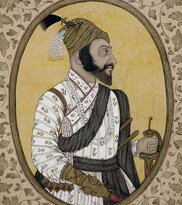 |
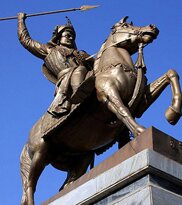 |
Climate
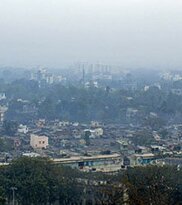 |
In the month of October the weather in Pune will be pleasant and the temperature around 30ºC. |
Culture
|
Pune is said to be the cultural capital of the state of Maharashtra. It epitomises Marathi culture, which lays emphasis on education, arts and crafts, music, and theatre. Pune has emerged as a center of modern architecture in India, with prize-winning buildings. Pune culture reflects a blend of traditions with modernity, along with hosting classical shows. |
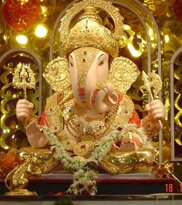 |
Cuisine
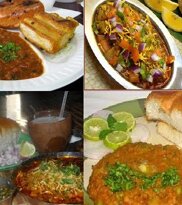 |
Specialties include Misal Pav, Puran Poli (a dessert bread), Pithla bhakri, Bhelpuri and Pav Bhaji. Mastani, a thick milkshake containing dried fruit, is a speciality of the city. Vada Pav, Misal Pav, Poha, Daabeli and Bhel Puri are common and famous street foods. Being a Metropolitan city, Pune also boasts a wide variety of restaurants, serving cuisines from all over the world. |
Tourism
To Read More Please Visit Wiki, Maharashtra Tourism |
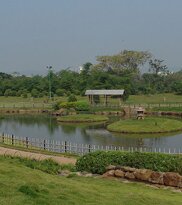 |
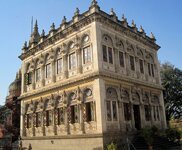 |
|
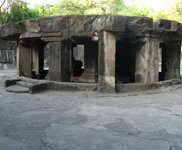 |
